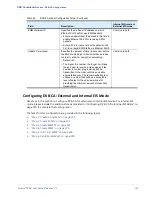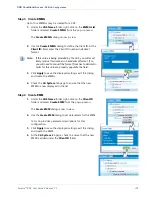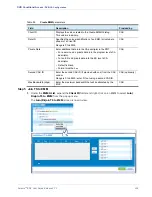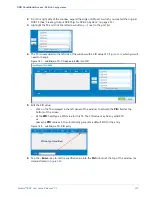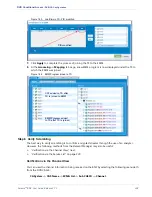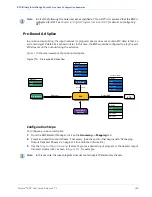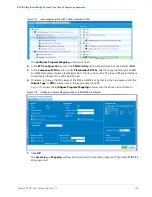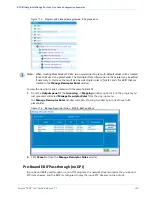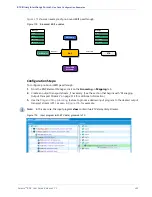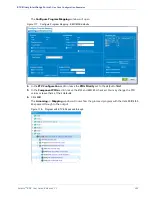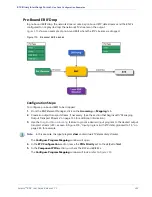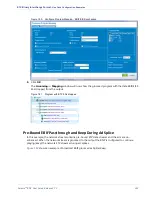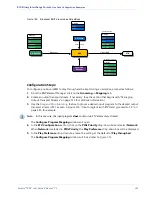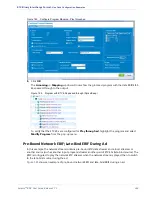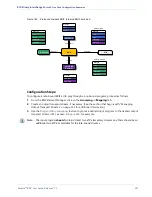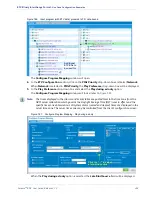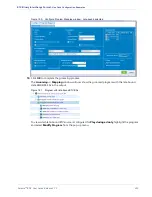
Selenio
TM
BNP User Guide, Release 3.7.1
236
CHAPTER 10
ETV Binary Interchange Format
This chapter describes how the
Selenio
™
BNP
can be configured to process Enhanced Television (ETV)
Binary Interchange Format (EBIF) content for delivery of interactive data in the video processing
network.
Applicable Platforms:
The information in this chapter can be used with any BNP device.
In This Chapter:
•
“Overview,” next.
•
•
“Prerequisite Reading” on page 236.
•
“Use Case Configuration Examples” on page 237.
Overview
The CableLabs EBIF standard provides a solution for the delivery of interactive data to existing set-top
boxes (STBs), including older models of STBs. EBIF condenses interactive applications in order to use
the minimal STB resources available for interactive data delivery. Since ETV can make use of scant
resources, the MSO has the ability to deliver interactive broadcasts and advertisements to the widest
possible audience, including the STB user who still relies on legacy hardware. Because ETV applications
are very compact and can be downloaded to the STB rapidly, the ETV format is particularly suitable for
authoring interactive commercials.
Prerequisite Reading
To better understand the
Use Cases
described in this chapter, you should familiarize yourself with the
concepts and steps described in
Chapter 6, “Grooming and PSIP.”
In particular, the following sections
will be useful:
•
“Viewing ES-Level Input Source” on page 109.
•
“Programs and Elementary Streams” on page 106.
•
“Creating Programs” on page 130.
•
“Drag and Drop Grooming” on page 140.
•
“Managing Elementary Streams” on page 156.
•

